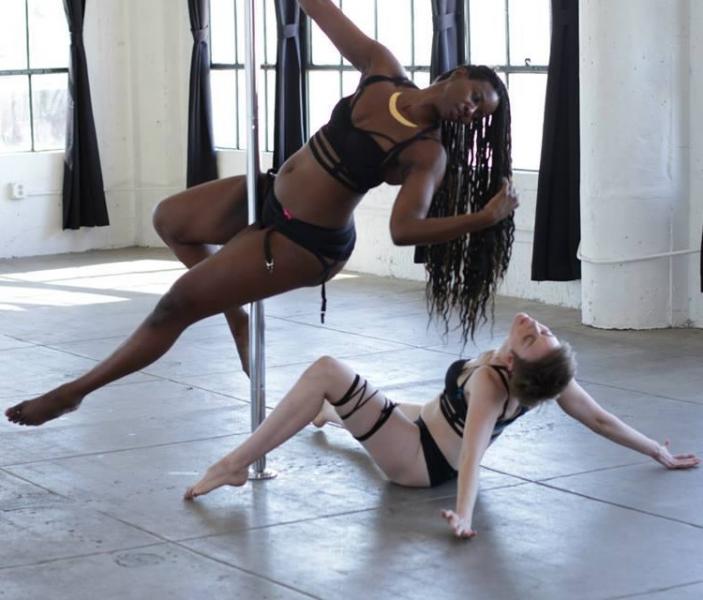Why Is There So Much Taboo Around Pole Dancing?

The film features sixteen amateur pole dancers who attempt to tell their stories and freely express their sexuality through the movements. The filmmakers describe them as "women who come together to reclaim their bodies and themselves."
In a course of 5 minutes, we see women of diverse age, race and backgrounds perform their own dance routines to a rendition of the gospel song, "Down To The River to Pray." A number of them hold signs that answer the question posed in the title. One sign reads, "Because it frees my inner power."
One dancer in the film, Ira Ai, credits the dance for providing a safe space to express herself without feeling judged by others.
"Pole dancing can teach a person to own their sexuality, to own their body in this world where women are told they don't have the final say in what they do with their bodies," Ai said.
However, some believe the dance form centers around sexism. Despite its ability to empower females, it fails to create real changes for women in the long run, according to USC Professor of Writing and Gender Studies Diana Blaine.
"It seems to me like the solution rather than a radical redefinition of males and females in our culture, which hasn't occurred," she said.
Blaine says the pole serves as a phallic symbol in the dance she calls male-centric. Others see a problem in the wardrobe designs worn by the dancers.
"I thought it was very expressive, it was very sensual, but i thought the costuming was very male-dictated," L.A. Choreographers and Dancers Director Louise Reichlin said. "It was male sexist."
The filmmakers say the dance recognizes the power women have in choosing how to represent themselves, leaving it up to each individual to decide whether it is for a man.
"We have flipepd objectification around in whcih we become the subejcts and show our bodies and empowerment 100 percent on our terms," producer and director Mealnie Zoey Weinstein said.
"Why I Dance" can be seen here:
Reach Entertainment Producer Diana Lee here and follow her on Twitter here.



